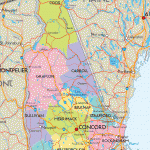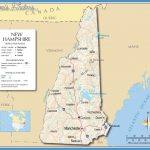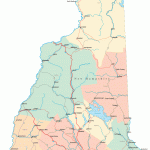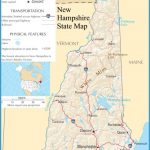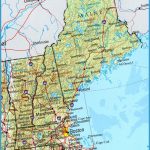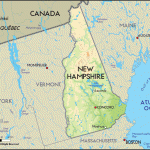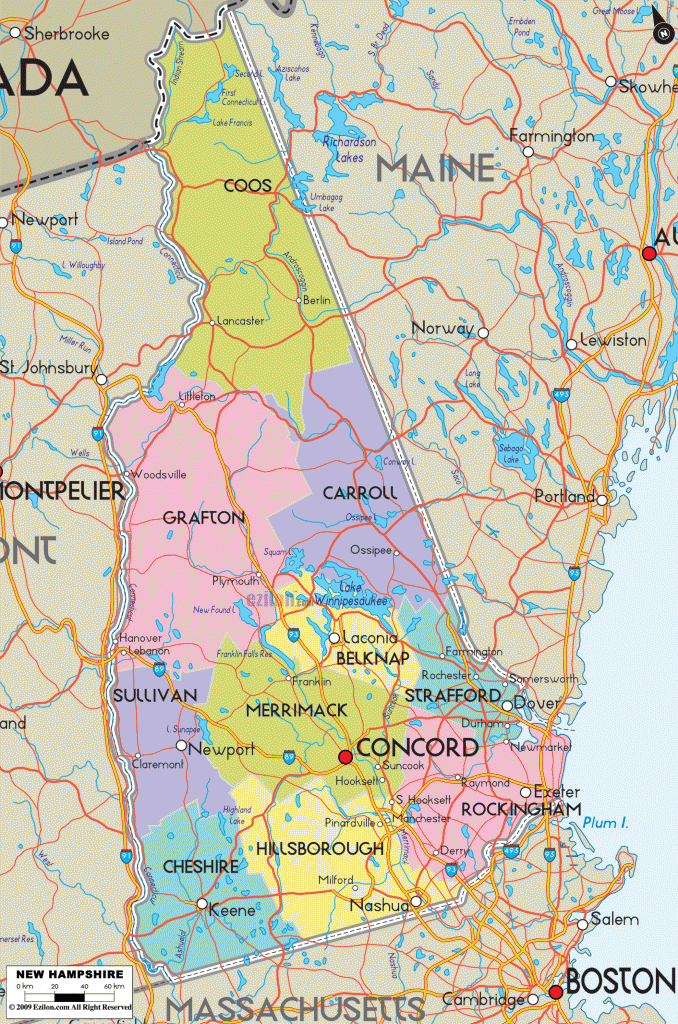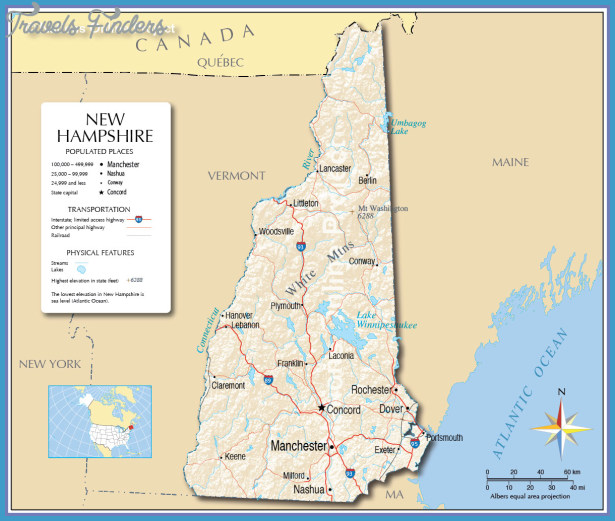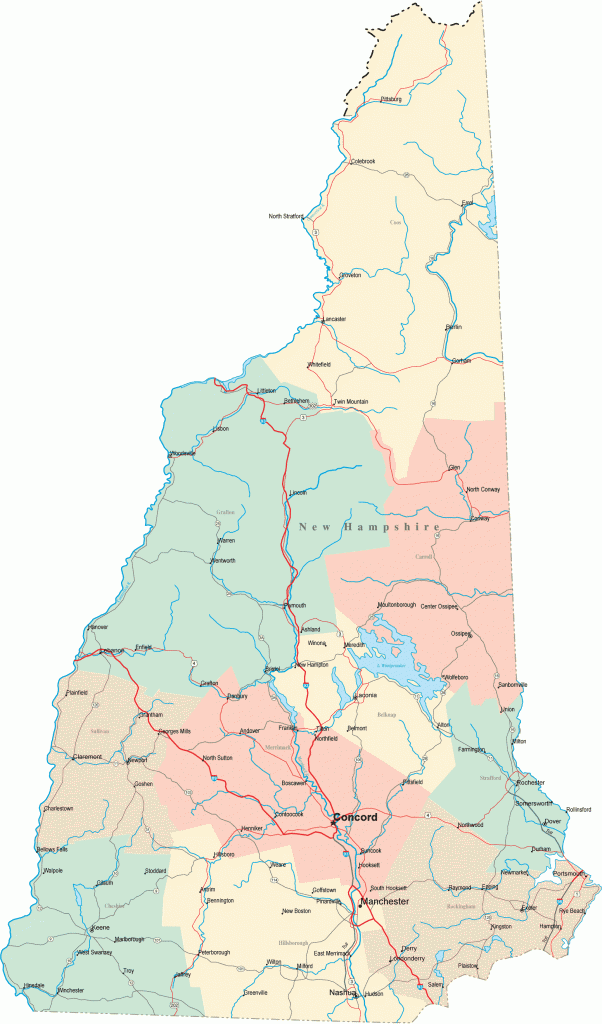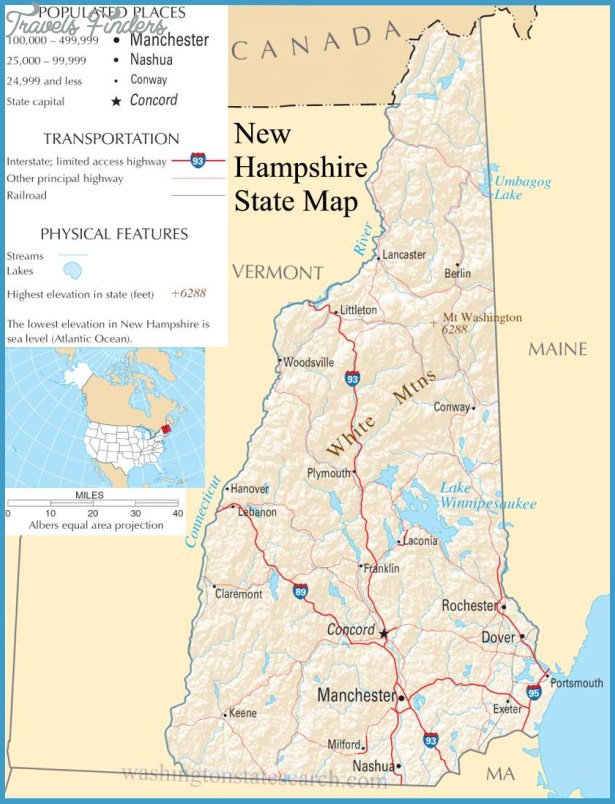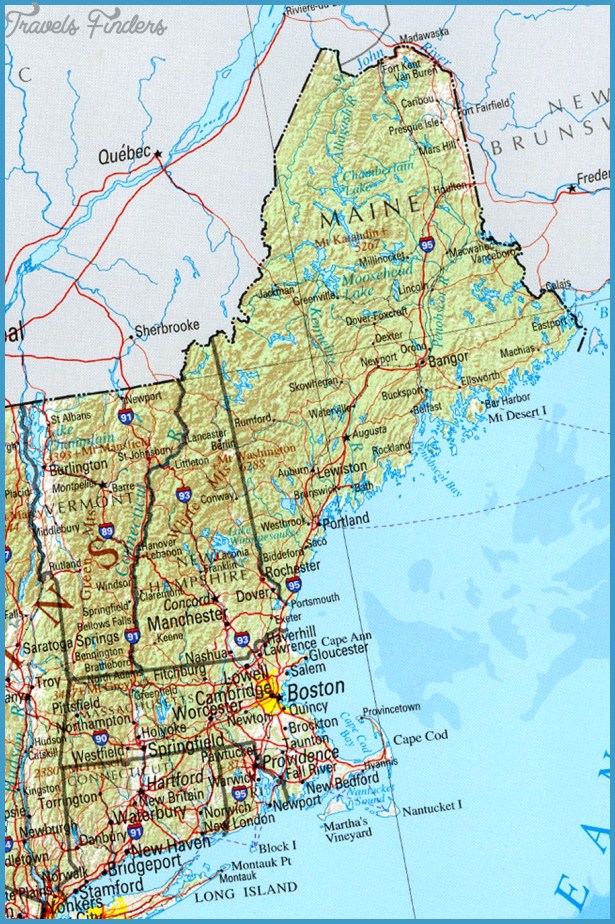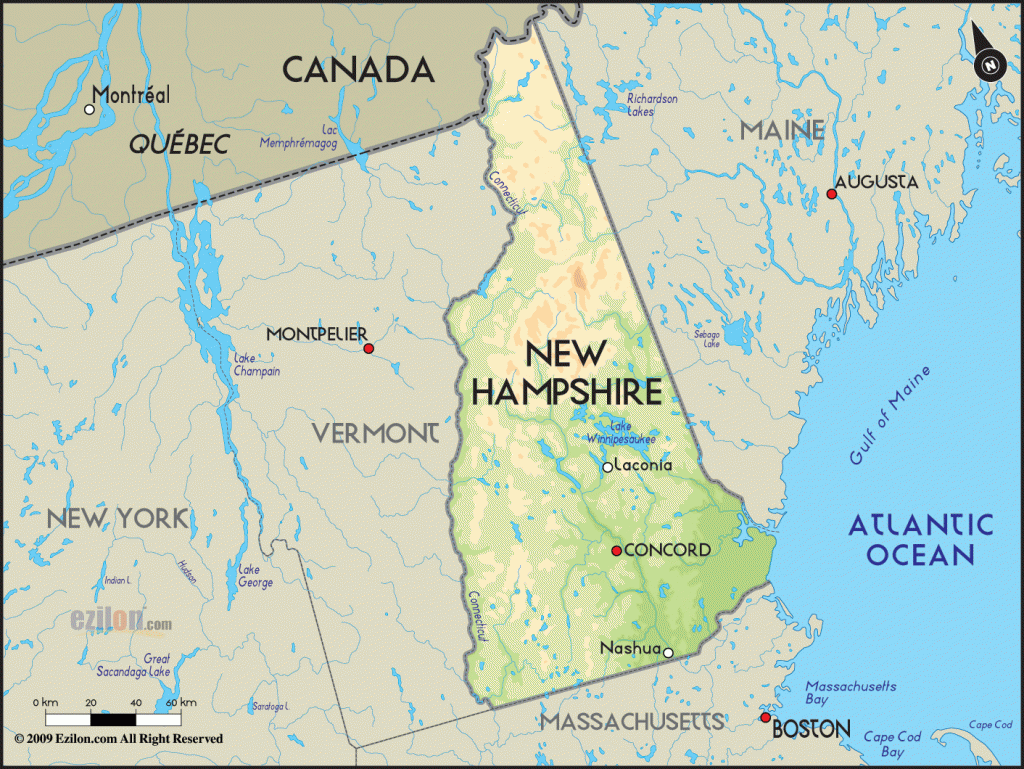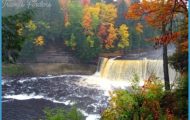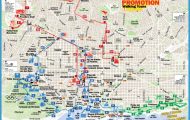BEST AREAS FOR WILDERNESS CAMPING
WHITE MOUNTAIN NATIONAL FOREST
Located in north-central New Hampshire, with an additional tract across the border in southwestern Maine, White Mountain National Forest is one of the finest mountain wilderness areas in the eastern United States.
It’s the largest alpine area east of the Mississippi, a ruggedly spectacular region of high, rocky mountains with open summits. Loftiest of the ranges is the Presidential Range, which includes 6,288-foot Mount Washington, highest in the Northeast.
There are 45 lakes and ponds, several rivers, many miles of streams, and numerous waterfalls. Forests are mixed, with spruce, fir, pine, and hardwoods, including some old-growth trees. Moose, deer, black bear, and bobcat are among the wildlife.
The forest has four wilderness areas: the 5,500-acre Great Gulf Wilderness, the 45,000-acre Pemigewasset Wilderness, the 27,380-acre Presidential-Dry River Wilderness, and the 25,000-acre Sandwich Range Wilderness.
The White Mountains are famous for variable and often incredibly severe weather, especially on Mount Washington and other high peaks. Visitors should be prepared for intense storms and cold at any time. The snow season is usually October-May, but summer snowstorms occasionally occur at higher elevations.
Activities: There are over 1,200 miles of trails for hiking and backpacking in this National Forest, including 86 miles of the Appalachian Trail (see entry page 205). Difficulty ranges from easy to extremely strenuous. Many trails are steep and lack switchbacks.
Hundreds of miles of trails are appropriate for cross-country skiing during the winter, and other trails are available for snowshoeing. Some of the rivers are suitable for canoeing, including the Pemigawasett and Saco Rivers. Fishing is possible along rivers, streams, and lakes. Hunting is permitted in season.
Camping Regulations: Camping is allowed throughout most of the National Forest, except near public use areas or where otherwise prohibited. No permits are necessary. Campfires are permitted but discouraged. A stove is recommended for cooking.
There are a number of trail shelters and established camping areas, some of which have wooden tent platforms. Caretakers are present at many of these locations, and a small fee is charged to camp each night at such sites.
Also in the National Forest are nine Appalachian Mountain Club Huts (lodges), which offer overnight accommodations in bunk beds, along with meals. Some are in remote locations. The Huts are popular and advance reservations are essential.
When camping at other than designated areas, sites must be at least one quarter mile from any road, hut, or other facility. Campsites should also be 200 feet from trails and water sources.
Camping is prohibited from May 1-November 1 in a number of Restricted Use Areas (RUAs), which are shown on some maps. These are typically fragile areas at high elevations, and included are virtually all locations above timberline.
For Further Information: White Mountain National Forest, Box 638, Laconia, NH 03247; (603)524-6450.
Canoe-camping is also available along several rivers in the state, some of which lie outside White Mountain National Forest. For more information contact the New Hampshire Office of Vacation Travel, P.O. Box 856, Concord, NH 03301.

